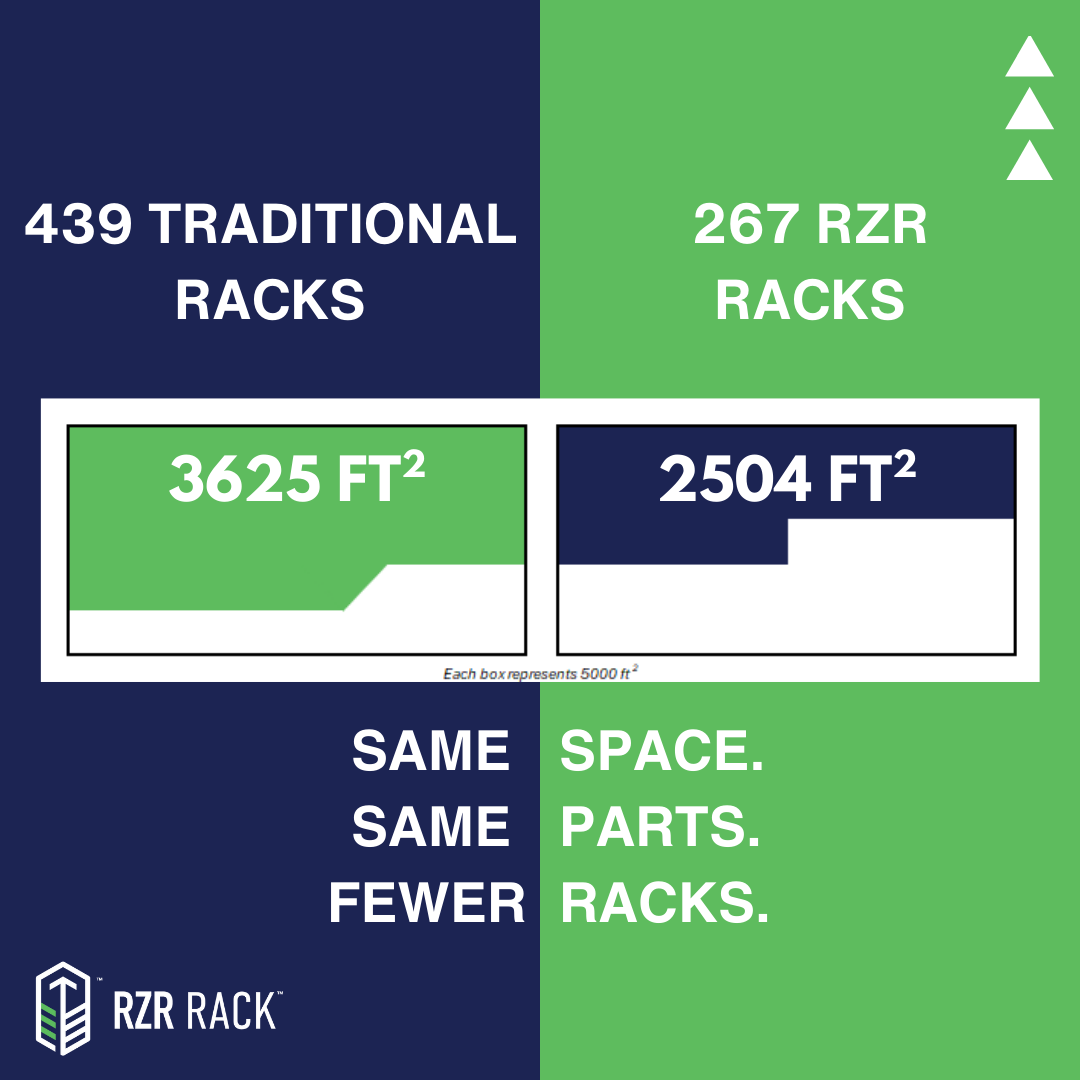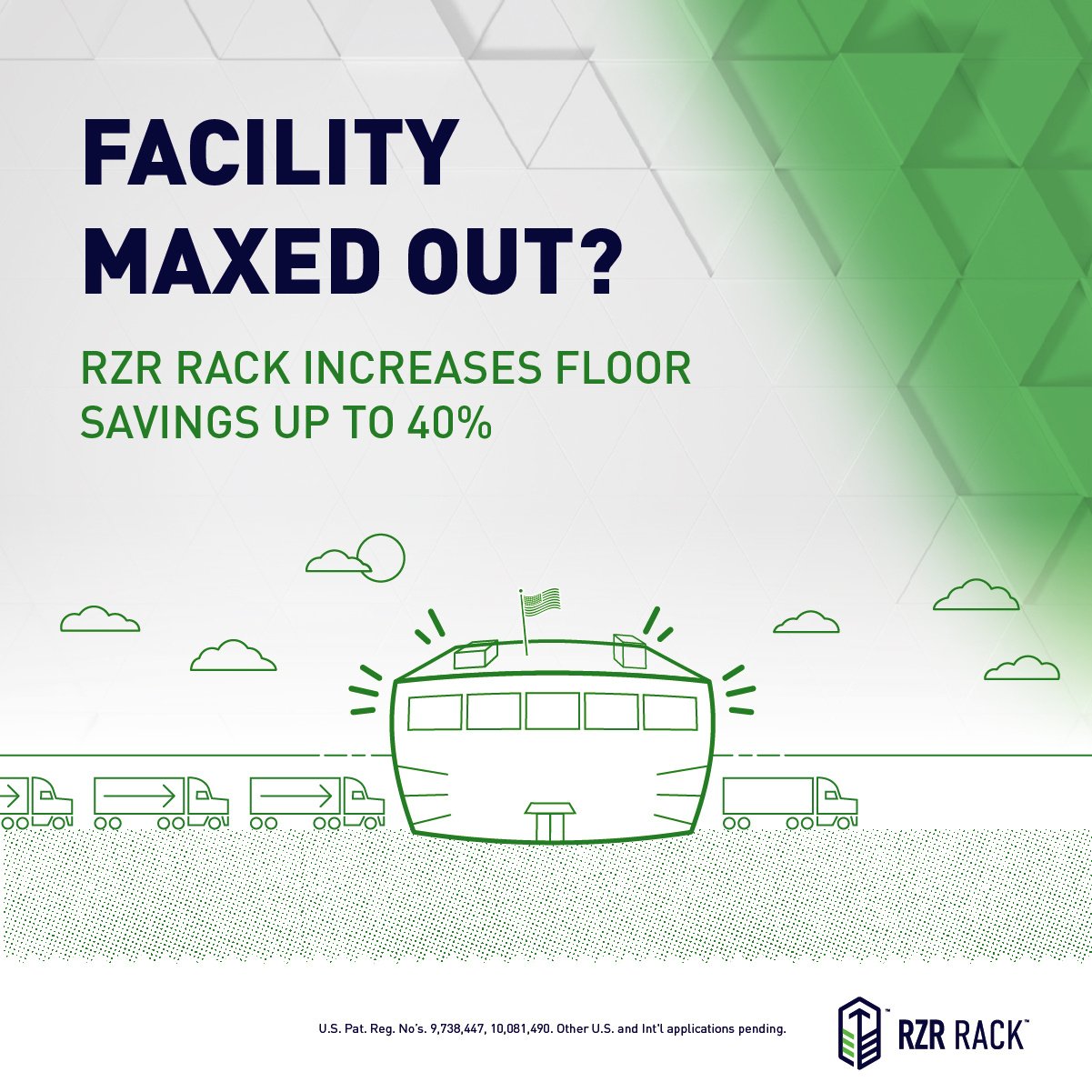Introduction:
In an era where sustainability and efficiency reign supreme, industries are seeking innovative solutions to revolutionize their operations. The furniture industry, known for its intricate supply chain and diverse product range, is no exception. Enter returnable packaging—a silent hero that is reshaping the way furniture is handled, transported, and delivered. This blog post explores the often unseen benefits of returnable packaging within the furniture industry.
Reduced Shipping Costs
Returnable packaging optimizes space during transport. The ability to nest or stack packaging efficiently leads to fuller shipments, reducing the number of trips required. This not only lowers transportation costs but also minimizes the carbon footprint associated with furniture logistics.
Enhanced Product Protection
Furniture, with its various shapes and sizes, requires careful handling. Returnable packaging is designed to provide a protective layer, minimizing the risk of damage during transportation. This results in fewer returns due to damages, saving both time and resources.
Space Optimization in Warehousing
Efficient warehousing is crucial in the furniture industry. Returnable packaging, with its stackable and nestable design, optimizes storage space. This enables retailers and manufacturers to store more products in the same space, reducing warehousing costs.
Customizable and Reusable
Furniture comes in diverse shapes and sizes. Returnable packaging can be customized to fit specific furniture pieces, ensuring a snug and secure fit. Its reusable nature means that the same packaging can be used for multiple shipments, cutting down on packaging waste.
Efficient Assembly
Beyond the transit phase, returnable packaging proves invaluable in the furniture industry by facilitating seamless assembly at production lines. Tailored packaging solutions designed for easy access and component organization streamline the assembly process. This not only reduces production time but also enhances overall operational efficiency. Manufacturers benefit from a smoother workflow, ensuring that each piece is ready for retail or shipment with minimal handling.
Conclusion
Returnable packaging is transforming the way the furniture industry operates. From cost savings in transportation and warehousing to enhanced product protection and sustainability, its benefits are far-reaching. As the industry continues to evolve, embracing returnable packaging emerges as a strategic move that not only improves operational efficiency but also positions furniture companies as leaders in sustainability and innovation.


